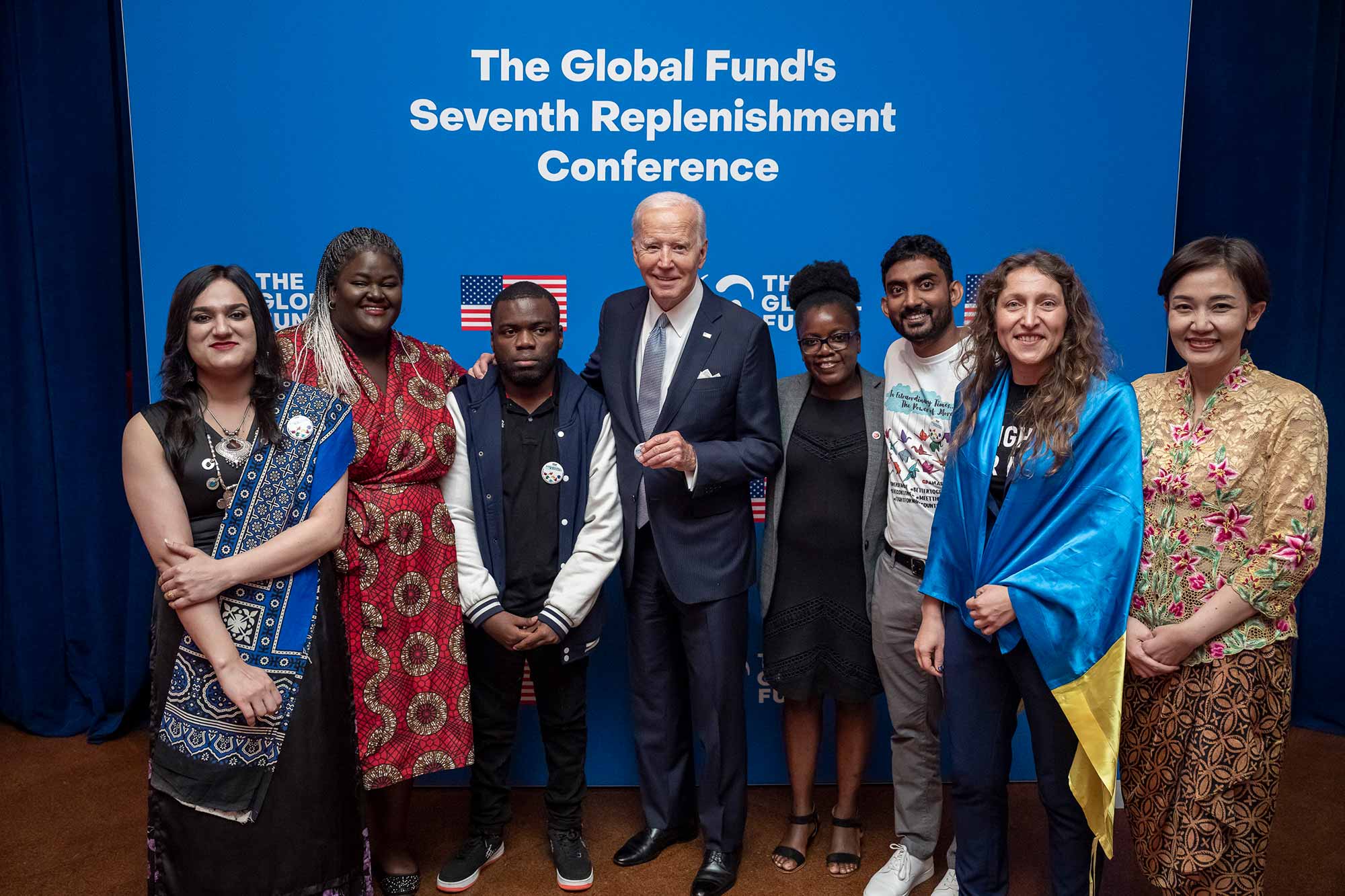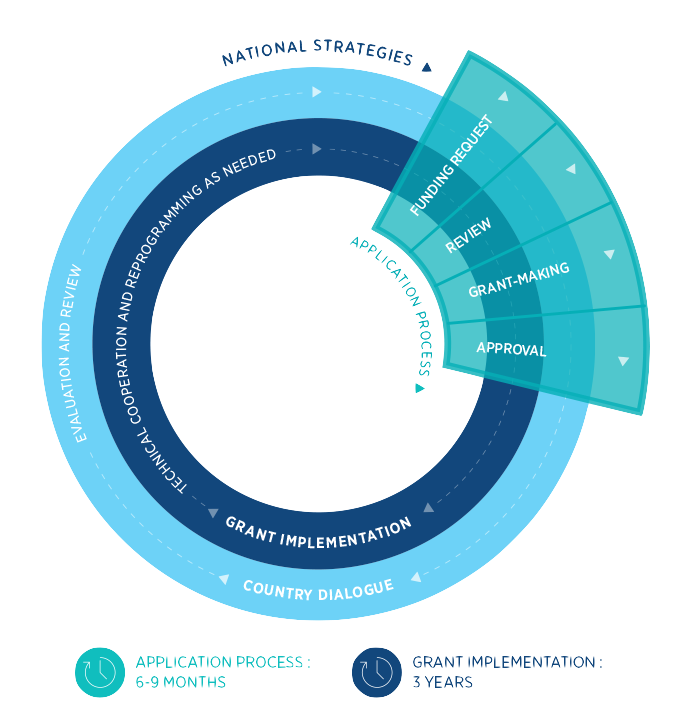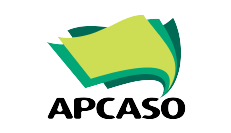
The processes in the Global Fund Funding Model offer different opportunities for the inclusion of community and key population, human rights, and gender-related (CRG) priorities. Here’s a walkthrough of these processes, with some insights on how community groups can maximise to push for their CRG priorities.
The APCRG Platform that APCASO hosts, through the support of the Global Fund Community Engagement Strategic Initiative (CE SI), has a technical assistance programme to enable greater access to technical support for community groups, key population networks, and civil society. Read about it here.
Introduction
This walkthrough aims to explain the different stages in the funding process, from the mechanisms involved in determining a country’s eligibility and the allocation for every disease component to grant-making, grant implementation and reprogramming. The sections below also explain country processes, such as the national strategic plan development and country dialogues, that underpin funding requests and grant implementation.
Each section also includes recommendations for civil society organisations, community groups, and key population networks on how they can promote interventions for key populations, human rights, and gender equality across different stages of the funding process.
Eligibility and Allocation
Before the start of a three-year allocation period, the Global Fund determines which countries are eligible for Global Fund support. Eligibility policy in access to Global Fund resources is determined by the Global Fund Board and is currently based on the country’s income classification (measured through a three-year average of GNI per capita) and disease burden (based on WHO and UNAIDS indicators).
The Global Fund Strategy 2023-2028 prioritises investment in countries with the highest levels of disease burden and lowest economic capacity, scale up of responses for adolescent girls and young women who faces extreme and disproportionate burden of HIV and a high burden of multi-drug resistant tuberculosis, scale up of evidence-informed programs for key and vulnerable populations that are disproportionately impacted by the three diseases, and scale up of programs that remove human rights related barriers in access to services. Community systems and responses, key populations, gender, and human rights are all elevated in priority under the new Strategy.
After determining eligibility on the basis of the above criteria, The Global Fund produces and makes publicly available a list of eligible countries and their respective eligible disease components (HIV, TB, and/or malaria). It is important to understand that a country can be eligible for funding for one, two or all three diseases, depending on the criteria. The eligibility list is updated annually. Click here to know if your country is eligible: 2020 Eligibility List

Funding allocation periods are for three years. The current cycle is for the period 2020-2022. Prior to the commencement of this period, allocation amounts are calculated for all eligible disease components in all eligible countries. Allocation amounts are calculated using formula based on a country’s disease burden, gross national income, and transition status. A number of qualitative factors are then applied to refine the amounts. These factors include capacity to absorb funding and potential for impact. For this Funding Cycle, country implementation has been classified into three categories based on size of portfolio allocation and risk profile: focused, core, and high-impact country.
Once final amounts are determined, Country Coordinating Mechanisms (CCMs) receive communication indicating the amount of funding available for each disease component. A country may decide to adjust the communicated “disease split” and reallocate funding from one eligible disease component to another, or apportion some funds for programmes that support resilient and sustainable systems for health, which include community systems. CCMs are required however to notify the Global Fund of these changes and, if significant,may not receive approval. CCMs are required to hold inclusive multi-stakeholder consultation in any decision to revise the disease split. (Read: FAQs on Engaging the CCM)
Countries can submit their Funding Request throughout 2020 and within the planned Submission Windows. This is to ensure that grants can start immediately after an existing grant ends. The standard implementation period for grants is three years from the point at which the grant was finalised and signed. However, all funding requests for the 2020-2022 must be finalised within that period.
“Refined Application and Additional Approaches”
For the 2020-2022 Funding Cycle, The Global Fund will follow a Refind Application Process. While the process mainly remains within the Differentiated Framework, the Application Approaches has been reduced to 5 Approaches: (Evolved) Program Continuation,Tailored for Transition, Tailored for NSP, Full Review, and a new approach, which is the Tailored for Focused Portfolios.
1) Program Continuation: enables well-performing programs which have recently been reviewed by the TRP and which require no significant changes to continue implementation with minimal distraction;
2) Tailored for Focused Portfolios: is streamlined and designed to meet the needs of countries with smaller funding amounts and disease burdens, and to ensure targeted investments have the greatest impact;
3) Tailored for National Strategic Plans: documentation requirements rely primarily on suitable National Strategic Plans referenced in place of the funding request narrative;
4) Tailored for Transition: suitable for countries approaching transition from Global Fund financing which are building sustainable programs with decreasing Global Fund support.
5) Full Review: applications are a comprehensive review of strategic priorities and programming in higher burden countries.
NEW: Two application approaches, Tailored for Material Change and Tailored for Challenging Operating Environments, have been removed; and a concise application approach specifically designed for countries identified by the Global Fund as Focused portfolios (Tailored for Focused Portfolios) has been added. These will ensure that the Funding Requests will need to be highy integrated within the broader health systems and towards sustainability. A CRG lens in the applications have also been included in the templates to emphasize the engagement with civil society and key population networks in these different applications. Application templates for Challenging Operating Environments (COE) have been improved to provide flexibility.
Other additional new elements in the 2020-2022 funding includes questions around Matching Funds as part of the funding requests, and CCM Eligibility. Matching Funds are additional funding streams to incentivize a sub-set of countries to align their allocations towards strategic priorities that are critical to driving impact and achieving the Global Fund Strategy 2017-2022. On the other hand, the CCM Eligibility is part of the CCM Evolution process to maximize the maturity of CCMs within the broader health governance in the country. You can learn more about Matching Funds here and the CCM Eligibility here.
Community guide:
- Start early. Get to know the Global Fund, its funding processes, the different stakeholders involved, and your country’s disease contexts and strategies.
- Learn about issues around communities, key populations, human rights, and gender equality, and how they are related to your diseases. Get access to and familiarise yourself with country assessments on human rights and gender that may have been done on each of the disease components by groups like UNDP and UNAIDS. For example, UNDP has a compilation of reports on legal and policy barriers to access to HIV services in the Asia-Pacific region. UNAIDS has also developed this tool on youth participation and Global Fund processes.
- Develop your CRG priorities, and build evidence to support them. Document how CRG interventions (or the lack of) influence the effectiveness of current grant programmes. We have developed a tool you can use to develop your CRG priorities.
- Develop your engagement objectives and strategies. Seek support to address gaps and challenges in your strategies from technical support providers. Check out if there are regional organisations representing civil society and key populations that could also provide support for your organisation.
- Reach out to your CCM and Global Fund Country Teams, or development partners like UNAIDS and WHO, to access the information that you need to be able to participate and engage in the processes. Know who your CCM representatives are.
- Review existing guidelines on key populations, human rights, and gender equality. Learn how your existing Global Fund-supported programmes address CRG issues.
Country Dialogues
Community guide:
- Mobilise community groups and key population networks for the country dialogues. Use this platform as an opportunity to influence national strategies or priorities on HIV, TB, or malaria and to lobby for the inclusion of community-focused, human rights-informed, and gender transformative programs as stand-alone interventions and as foundations for health-specific programs. Introduce evidence on why CRG interventions are necessary, and how they are aligned with new strategies to end the three diseases.
- Talk to different stakeholders that influence program priorities and program implementation. Ask your disease programmes where they stand on your CRG priorities, and think about how you can get their support. During country dialogues, it is important for your allies to speak up and share their insights on why CRG interventions are important. It also critical that you are able to address concerns or issues raised about your CRG priorities.
- Conduct preparatory discussions with similar groups, other key populations from other diseases, and potential allies. Strategise around your CRG priorities.
- Take note of your country’s funding application timelines, and ask your CCM secretariat to present the timeline during the country dialogue. Use the timeline to prepare for your interventions and advocacy, but at the same time, ensure that you don’t cause unnecessary delays because you are not prepared to engage.
National Strategic Plans (NSPs)
The strategies should be solidly constructed, with costed and prioritised interventions based on evidence-based standards and developed with the engagement of different stakeholders, especially civil society, communities, and key populations. They should also take into account different issues, from gender and human rights to legal and social factors that act as barriers to services.
If current national strategies or investment cases do not adequately prioritise or reflect or respond to issues facing communites, key and vulnerable populations, gender or human rights, stakeholders in the dialogue process have the right to raise these weaknesses and demand their inclusion in any funding request to the Global Fund.
Community guide:
- In your advocacy planning, prioritise the inclusion of CRG issues and interventions in your disease National Strategic Plan. This is critical in ensuring that CRG priorities get funded in Global Fund-supported programmes, and an important first step to guarantee that CRG priorities are owned by the country. It is also an important advocacy tool to influence other policies on human rights and gender, and your country’s overall development plans.
- NSPs are high-level, comprehensive documents. It should cover health-specific strategies, interventions to strengthen community systems, enabling environments such as policy reforms, human rights and gender equality. In operationalising NSPs, communities and key populations can also be considered as implementing agencies and should be capacitated to implement interventions.
- Make sure that your NSP is up-to-date. Find out when your country is reviewing its disease NSPs, or creating a new one. Take part and engage in these processes.
- If your CCM is using an investment case to submit a funding request, make sure that the interventions are not limited to service delivery or biomedical strategies alone.


